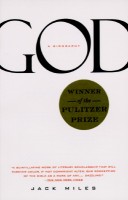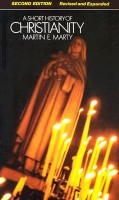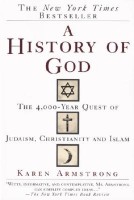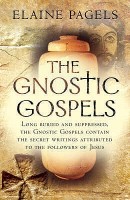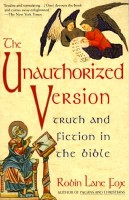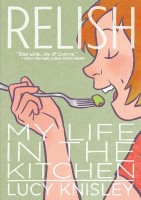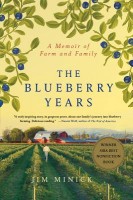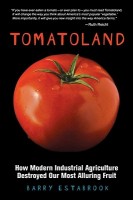Today’s guest post comes from Savvy Working Gal, a blogger I’ve been familiar with for several years but just started to get to know better over the last eight months or so. We’ve been emailing back and forth regularly to brainstorm blog topics and ideas and I think her support has helped me feel confident in some big and small changes I’ve made to this blog over that time. Today she’s sharing some books that have been important to her on a personal journey that I think you’ll find enlightening.
When Kim initially asked if I’d like to write a guest post, I looked through the list of books I’ve read since starting my blog and decided to highlight the books that helped me become a stronger person. This ties in with the strength challenge I created for myself last summer when after having difficulty once again thinking on my feet; I decided to challenge myself to become a stronger person in my 50th year.
Initially I had visions of taking yoga classes and pursuing other physical challenges, but after an injury my challenge quickly morphed into a reading challenge. I decided to read at least one book a month that dealt with an aspect of inner strength such as confidence, communication skills, dealing with difficult people or circumstances, self-knowledge, willpower, etc.
Today I’d like to share the books I’ve read to-date that have made the greatest impact on my strength challenge.
Strengths Finder 2.0 by Tom Rath
This book includes an upgraded edition of the Strengths Finder assessment, an online testing instrument designed to uncover your top five talents. You do need a NEW copy of the book. If you get a used copy, the key provided in the book will NOT enable you to take the online assessment. To take the assessment you go online and with the passcode that comes with the book, register and answer the questions. You are provided with the top 5 themes (strengths) report and 50 ideas for action (10 strategies for building on each of your top 5 themes).
This book’s premise is that you are more productive developing your strengths than strengthening a weakness. I can’t say I was surprised to learn my top five strengths — they are who I’ve been all my life — but I was surprised that these so-called-talents are actually strengths. I felt the assessment was accurate and recommend it to anyone interested in discovering their strengths. You don’t necessarily need to read the entire book, but I found it helpful to familiarize myself with the other talents portrayed in the book and in reading the suggestions for working with people who have those talents. (Amazon)
Do What You Are: Discover the Perfect Career for You Through the Secrets of Personality Type by Paul D. Tieger and Barbara Barron-Tieger
I read this book after learning one of the steps to achieving career satisfaction was to know your Myers-Briggs score. Unfortunately, I had taken six different online Myers-Briggs assessments and had received six different scores. This book does not include the assessment, the authentic Myers-Briggs Type Indicator Test is copyrighted and available only through organizations, counselors and therapists approved by the Myers and Briggs Foundation, but it does describe each of the 16 personality types in detail along with providing examples.
After a process of comparing my previous six Myers-Briggs scores with the examples in the book along with asking my husband for his opinion I came up with my Myers-Briggs personality profile. As I read my profile I couldn’t help thinking yes, yes that’s me. Throughout the year I’ve re-read my profile a number of times especially when I needed to gain perspective or was feeling stuck. This book is good for anyone at any stage of their career, but especially those who are pondering a career change. (Indiebound)
Quiet: The Power of Introverts in a World that Won’t Stop Talking by Susan Cain
Susan Cain has written a well-researched book about what it means to be an introvert, especially in a world that favors extroverts. This book, more than any other book I’ve ever read validates who I am and explains why I can’t think on my feet – I am an introvert. I learned when I am put on the spot I need time, usually alone, to think through my answer. I like to methodically formulate a response, weigh all of my options making sure I give the best or most accurate response and I need down time to replenish my energy after over stimulation.
I can’t help but wonder what my life would have been like if I’d have read this book when I was younger. I know for sure I would have been less stressed in those college classes that required participation because I would have raised my hand and participated early. This book isn’t perfect; I would have preferred more practical applications and it does drag a bit in the middle, but if you are an introvert you will benefit from reading this book. (Indiebound)
The Gift of Fear by Gavin De Becker
Gavin De Becker is a security specialist based in Los Angeles and the founder of Gavin de Becker and Associates, a private security firm whose clients include Hollywood stars and government agencies. His book explores how fear is a gift that can be used to keep us safe and explains how we can spot even subtle signs of danger—before it’s too late. He teaches us to listen to and trust our intuition. This is achieved by including powerful real life stories that left me chilled knowing the examples actually occurred. This may be the best self-help book I’ve ever read and is most likely going to be one of the most important reads of my strength challenge. I now understand what it means to have street smarts and I know for sure, I will never look at a person who challenges my “no” — a word that must never be negotiated — the same way again. (Indiebound)
Women Don’t Ask: The High Cost of Avoiding Negotiation — and Positive Strategies for Change by Linda Babcock and Sara Laschever
The lesson of this book is that by not negotiating a first salary, an individual stands to lose more than $500,000 by age 60 — and men are more than four times as likely as women are inherently good negotiators. This resonated with me because not only did I not negotiate my first salary, I have never negotiated a salary and have always been underpaid. I learned men are not better negotiators and that women more often than men take a “collaborative” or cooperative approach to negotiation that has been shown to produce agreements that are better for both sides. This book taught me the importance of negotiation not just when negotiating salary, but also with car or home purchases, dividing household duties and against either male or female adversaries. (Indiebound)
This Little Light of Mine: The Life of Fannie Lou Hamer by Kay Mills
I am including this biography of Fannie Lou Hamer not because it is an amazing story – which it is, but because it is an excellent example of someone who lived through enormous hardship and poverty and still overcame obstacles to become a leading figure in the fight for civil rights. How did this woman who risked everything including her life become so fearless? Kay Mills provides a study of the factors contributing to Fannie Lou Hamer’s strength — her mother, her faith, love of her country, music, anger and her ability to lead and organize all of which helped her carry on despite so many obstacles, setbacks and ill health. Fannie Lou Hamer’s inner strength came from knowing her strengths and building on them. (Indiebound)
As the 1st anniversary of my inner strength challenge approaches I am happy to report I’m heading in the right direction. I’m calmer, more confident and yes – I feel stronger. I contribute this new found strength to the books I’ve read, the lessons I’ve learned and a better understanding of who I am. I plan on continuing this challenge for at least another year since building inner strength is a lifelong task. Do you have any future book or topic suggestions for my reading challenge?
I would like to thank Kim for giving me this opportunity to guest post on Sophisticated Dorkiness. I hope she is having a marvelous time on her much deserved vacation. You can find me at http://savvyworkinggal.blogspot.com. I am a book lover and occasional book blogger; I tend to read mostly nonfiction with an emphasis on books for women. I’ve used my blog to help set goals for myself such as “BE strong, making sense of the world and making women count with the ultimate goal of attempting to inspire women to be more a little bit more savvy one post at a time.
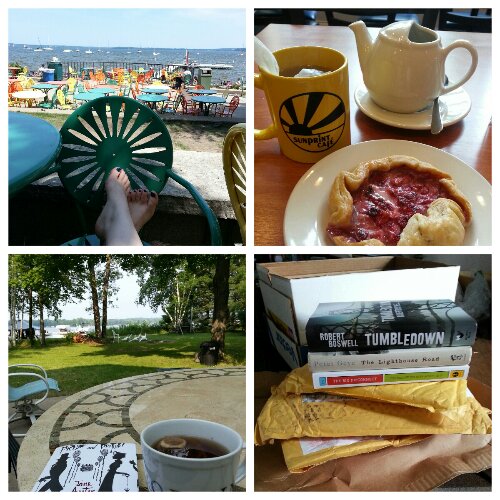

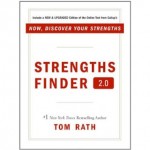
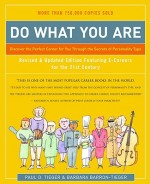
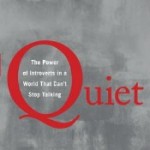
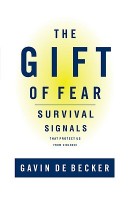
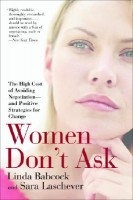
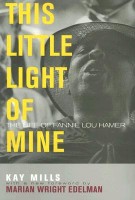
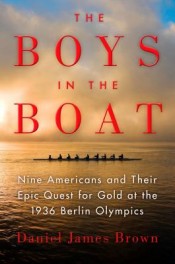 You may have heard the buzz about the new book The Boys in the Boat by Daniel James Brown. I first heard of it
You may have heard the buzz about the new book The Boys in the Boat by Daniel James Brown. I first heard of it 